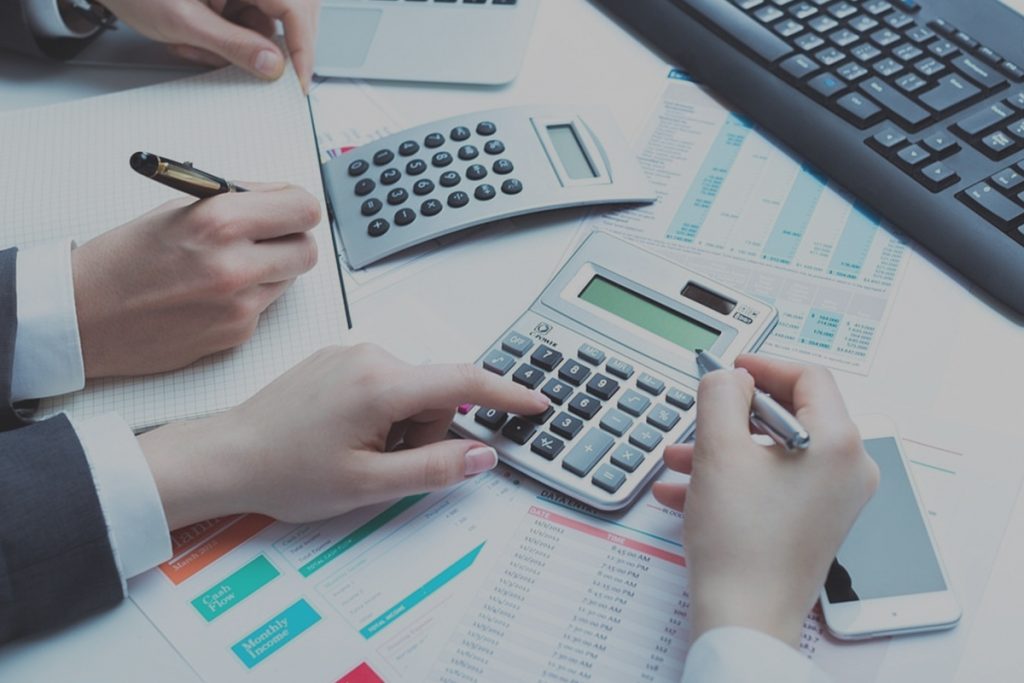What is a Balance Sheet?
What is a Balance Sheet?
Balance Sheet is a snapshot of your business’s financial condition at a single point in time. It shows what you own (your assets) vs what you owe (your liabilities). The difference between the two is often used as a starting point for valuing a business.

Types of Assets
Current Assets
Current assets have a lifespan of one year or less, meaning they can be converted easily into cash. Such asset classes include cash and cash equivalents, accounts receivable, and inventory.
Non-Current Assets
Non-current assets are assets that are not turned into cash easily and have a lifespan of more than a year. Then, they can refer to tangible assets, such as machinery, computers, buildings, and land. Also, non-current assets can be intangible assets, such as goodwill, patents, or copyrights. While these assets are not physical in nature. However, they are often the resources that can make or break a company—the value of a brand name. For instance, should not be underestimated.
Types of Liabilities
On the other side of the balance sheet are the liabilities. These are the financial obligations a company owes to outside parties. Like assets, they can be both current and long-term.
Current Liabilities
Current liabilities are the company’s liabilities that will come due, or must be paid, within one year. This includes both shorter-term borrowings, such as accounts payables (AP), which are the bills and obligations that a company owes over the next 12 months
Non-current Liabilities
Long-term liabilities are debts and other non-debt financial obligations, which are due after a period of at least one year from the date of the balance sheet. For instance, a company may issue bonds that mature in several years’ time.
Shareholders’ Equity
Shareholders’ equity is the initial amount of money invested in a business. If at the end of the fiscal year, a company decides to reinvest its net earnings into the company (after taxes), these retained earnings will be transferred from the Profit & Loss statement onto the balance sheet and into the shareholder’s equity account.
What can you see in a Balance Sheet?
Balance sheets give an at-a-glance view of the assets and liabilities of the company and how they relate to one another. Furthermore, the balance sheet can help answer questions such as:
- Is the company having a positive net worth?
- whether it has enough cash and short-term assets to cover its obligations
- whether the company is highly indebted relative to its peers.
In order for the balance sheet to balance, total assets on one side have to equal total liabilities plus shareholders’ equity on the other side. That is:
Total Assets = Total Liabilities + Shareholders’ Equity
Yet, a balance sheet is just a snapshot of the company’s financial position at a single point in time.
For further information, please contact us.
You may want to read: MANAGING YOUR INVENTORY AND ACCOUNTING WORK